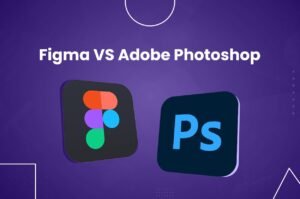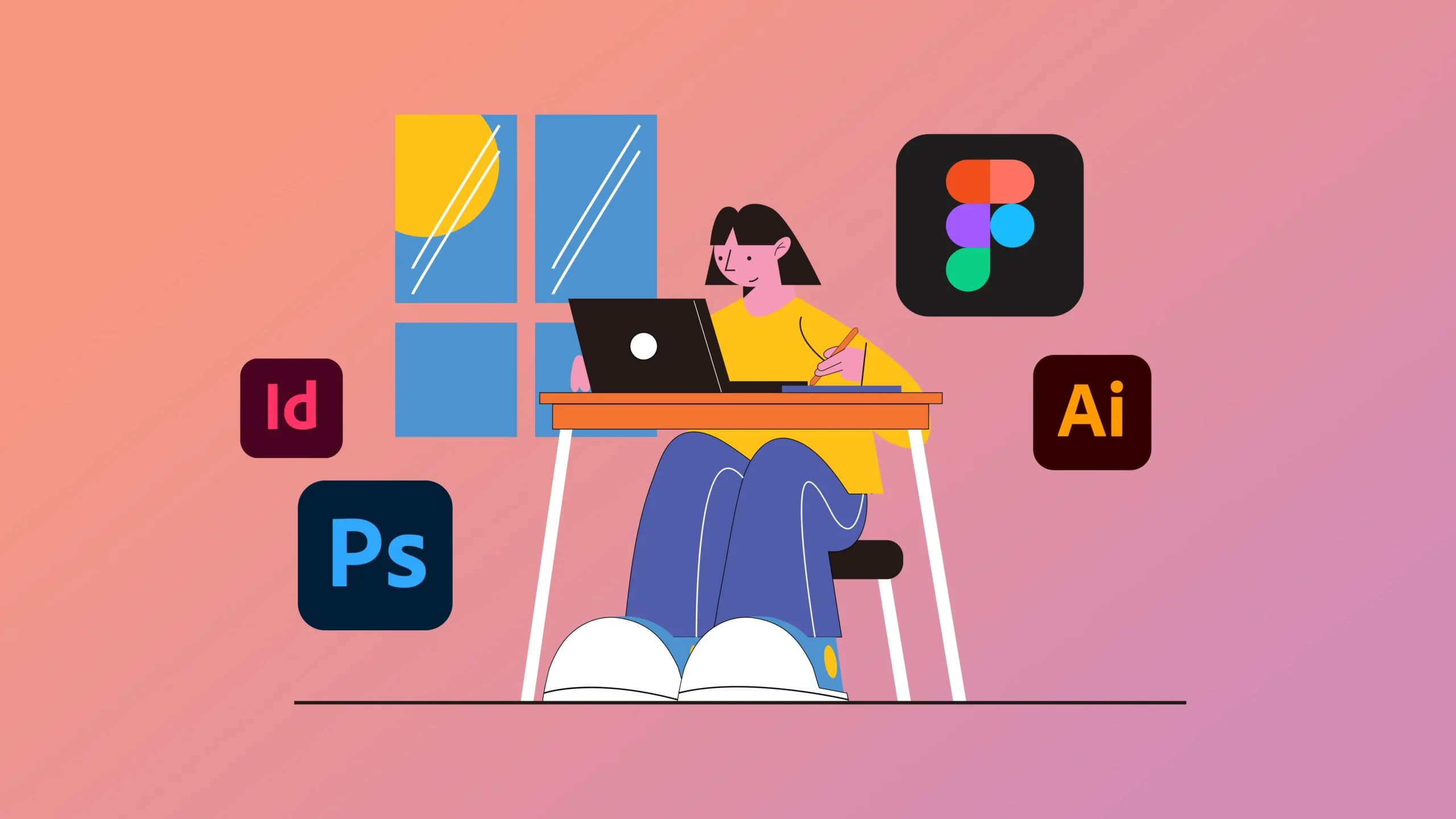Graphic design has undergone a remarkable transformation over the past few decades, evolving from traditional tools and techniques to modern, collaborative platforms that redefine how designers work. This article traces the journey of graphic design software, focusing on the shift from Photoshop to Figma, and highlights the implications for designers and the industry as a whole.
The Early Days of Graphic Design
In the early days of graphic design, the industry relied heavily on manual techniques and analog tools. Designers used tools like pencils, markers, and paper to create layouts and illustrations. With the introduction of desktop publishing in the 1980s, software began to play a crucial role in design.
Key Early Software:
-
Adobe Illustrator (1987): A vector graphics editor that enabled designers to create scalable graphics, revolutionizing logo design and illustration.
-
Aldus PageMaker (1985): One of the first desktop publishing programs, it allowed designers to create multi-page documents for print media.
As technology advanced, the introduction of powerful software paved the way for a new era in graphic design.

The Rise of Adobe Photoshop
Adobe Photoshop, released in 1988, marked a significant turning point in graphic design. Initially created for photo editing, it quickly became the go-to software for designers worldwide. Photoshop’s layers, filters, and advanced editing capabilities empowered designers to experiment with creativity in ways that were previously unimaginable.
Features that Revolutionized Design:
-
Layers: Enabled designers to work on different elements independently, allowing for more complex compositions.
-
Filters and Effects: Provided tools for enhancing images, creating textures, and applying artistic styles.
-
Extensive Plugin Ecosystem: Allowed third-party developers to create plugins, further expanding Photoshop’s functionality.
Photoshop set a high standard for graphic design software, and its dominance in the industry continued for decades.
The Shift to User-Centric Design
As design trends evolved, so did the needs of designers. The rise of the internet and digital media necessitated a shift towards user-centric design, leading to the development of tools that prioritized collaboration and efficiency.
The Limitations of Traditional Tools:
-
Lack of Collaboration: Designers often worked in silos, making it challenging to share and receive feedback on projects.
-
Complex Workflows: The need to export files for sharing and approval created cumbersome workflows that slowed down the design process.
-
Incompatibility Issues: Different design tools often resulted in compatibility issues, making collaboration with developers and other stakeholders difficult.
The demand for more collaborative and efficient design processes paved the way for innovative solutions like Figma.
Enter Figma: A Collaborative Revolution
Launched in 2016, Figma emerged as a cloud-based design tool that addressed many of the challenges faced by designers using traditional software. Its unique features and focus on collaboration quickly gained traction among designers and teams.
Key Features of Figma:
-
Real-Time Collaboration: Multiple users can work on a design simultaneously, making it easy for teams to collaborate and provide instant feedback.
-
Browser-Based Accessibility: Figma runs in a web browser, allowing designers to access their work from anywhere without the need for software installation.
-
Design Systems: Figma allows teams to create and manage design systems, ensuring consistency across projects and improving efficiency.
-
Prototyping and Handoff: Built-in prototyping features enable designers to create interactive prototypes without needing to switch tools. Figma also facilitates seamless handoff to developers by providing CSS and design specs.
Figma has transformed the way design teams work, making collaboration more accessible and efficient than ever before.
The Impact on Graphic Design
The evolution of graphic design software from traditional tools like Photoshop to modern platforms like Figma has had a profound impact on the industry.
-
Enhanced Collaboration:
Design teams can now work together in real time, breaking down silos and improving communication. This shift leads to faster decision-making and a more iterative design process.
-
Increased Accessibility:
Cloud-based tools like Figma democratize design, allowing anyone with an internet connection to access powerful design tools. This accessibility opens the door for aspiring designers and small businesses to create professional-quality designs.
-
Focus on User Experience:
As design becomes more collaborative, the emphasis on user experience (UX) grows. Designers are now more equipped to consider user feedback throughout the design process, leading to more intuitive and effective products.
-
Rapid Prototyping:
Figma’s prototyping capabilities allow designers to quickly iterate on ideas and test concepts before development, reducing the risk of costly mistakes.
-
Integration with Development:




